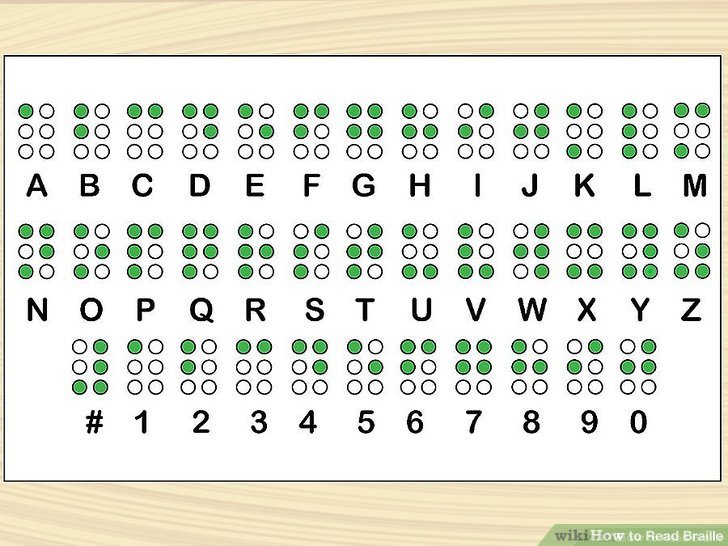Louis Braille: Creative Mind Lit the Way for Millions
Share




Since the dawn of time, humans have been inventing and developing new tools and products to facilitate life tasks. The major part in innovations and inventions was by adults; however, some young innovators have made significant contribution to this world and their work cannot be denied.
An invention that proves a creative mind can do miracles, even in case of disability, is French Louis Braille. Braille was in an accident at three years of age, leading to loss of his sight. Despite his blindness, he was very intelligent; he was accepted in the National Institute for Blind Youth in Paris. There, he was taught to read from heavy paper with raised letters. Later, a French soldier taught him a complex system of dots and dashes used in war, so Braille got the idea of creating a new simple system. He achieved that in 1824, when he was fifteen years old. Nowadays, the Braille system is used by blind people all over the world and is available in several languages (You might be interested to read also “Braille System: Feel the Words”).
The Braille code has several common characteristics in all languages. It consists of a sequence of 6 fixed-sized dots arranged in two columns within a rectangular cell. Each letter and number has a different pattern of raised dots within the cell. For example, the letter A has dot 1 only, the letter b has dot 1 and dot 2, etc. (Check the illustration below). Did the Braille system remind you of something? Yes, you are right; it is similar to the Binary System! The Braille system is an early example of a “binary” representation of data; there are only two states—on or off—that can be represented in two numbers: one (on) and zero (off). Similarly, in the Braille system there are only two symbols (raised and flat), and their combinations can represent different numbers and letters.

Source: wikihow.com
On 4 January of each year, the World Braille Day is celebrated to raise awareness of the importance of Braille as a means of communication and to encourage blind and partially sighted people to read and engage in society.
We have to learn that age or disability can never be barriers to contribute in this world. Youth are the source of creativity; working on their skills will be the first step towards development. Motivate your children, develop them, challenge them, and let them use their creative minds for the good of this world.
References
britannica.com
dailymail.co.uk
inventors.about.com
mawdoo3.com
techinsider.io
youngscientistchallenge.com
This article was first published in print in SCIplanet, Summer 2016 Issue “Brilliant Young Minds”.
Cover image: Mariaelizabeth124, CC BY-SA 4.0, via Wikimedia Commons